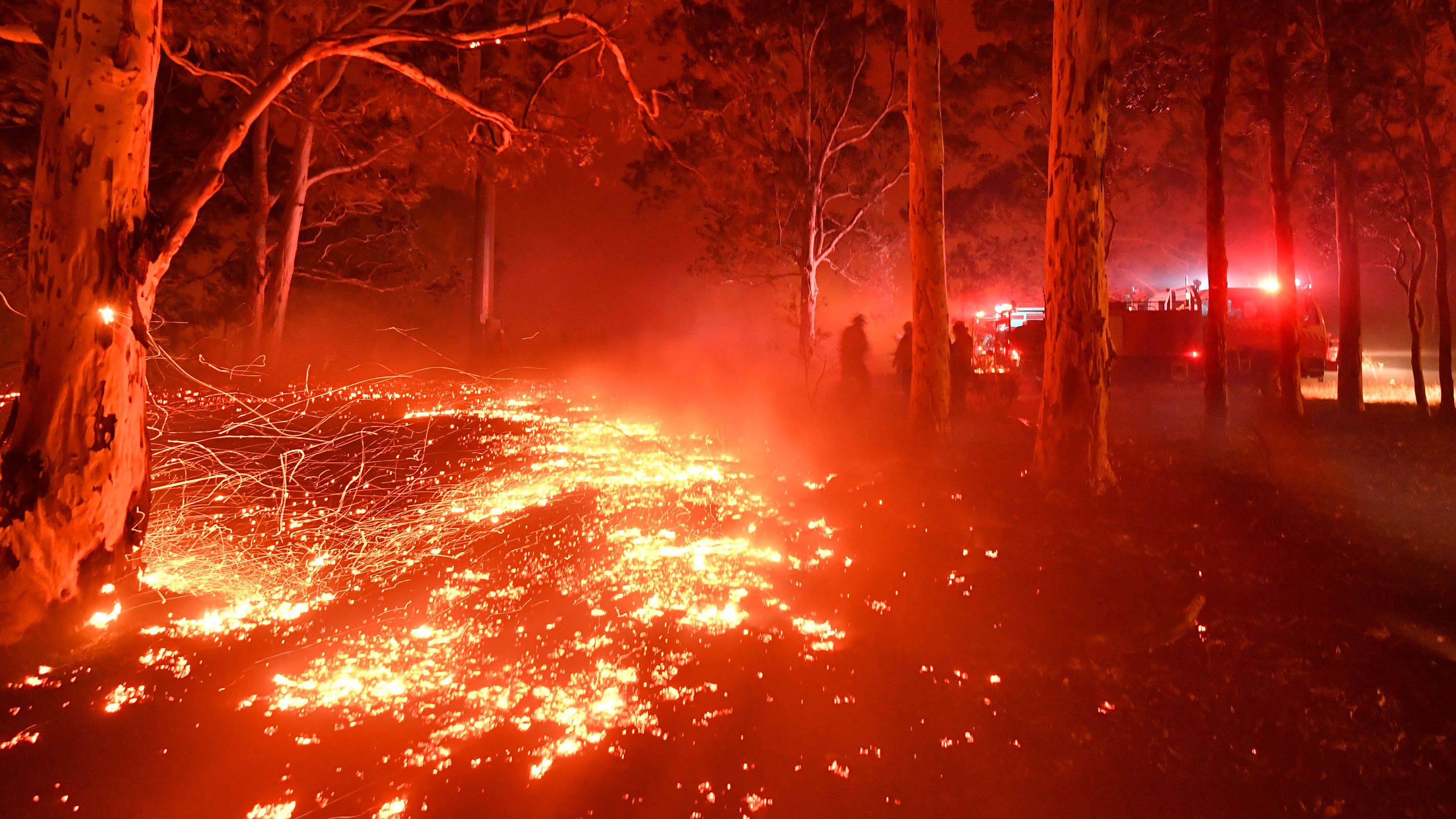Just How BAL Report Impacts Shrub Fire Security Measures
In the realm of bush fire defense, the Structure Assault Level (BAL) record stands as an important device that considerably influences the safety and security and strength of homes in fire-prone areas - BAL Report. The impact of a BAL assessment expands far past plain documents; it acts as the foundation for identifying the appropriate construction criteria and fire defense procedures required to mitigate the risks positioned by bushfires. As areas come to grips with increasingly serious fire seasons, understanding just how the BAL report forms these safety measures comes to be vital for contractors, policymakers, and house owners alike
Comprehending the Bushfire Assault Degree

Value of BAL Report Analysis
Additionally, the BAL record assessment works as a fundamental action in adhering to legal obligations and needs associated with bushfire security. Regional councils and authorities commonly mandate the entry of a BAL record as part of the preparation and building approval process to make certain that residential properties are appropriately safeguarded against bushfire dangers. Stopping working to carry out an extensive BAL report assessment can result in insufficient security procedures, leaving homes at risk to devastating bushfire incidents.
Building And Construction Criteria Based Upon BAL
A comprehensive understanding of the Bushfire Strike Degree (BAL) enables building owners to implement building criteria customized to their specific risk profile. Building criteria based on BAL are critical in mitigating the influence of bushfires on residential or commercial properties. The BAL ranking categorizes the potential risk a residential property faces during a bushfire on a range from BAL-Low to BAL-FZ (Flame Zone)
Applying Fire Protection Procedures
With the foundation of building requirements based on Bushfire Assault Degree (BAL) in place, the emphasis currently changes towards the practical application of fire protection procedures this website to strengthen residential or commercial properties versus bushfire hazards. Easy measures consist of using fire-resistant structure materials, installing ember guards on vents, sealing gaps in wall surfaces and roofs, and preserving a clear area around the residential or commercial property cost-free from flammable plant life. By integrating both passive and active methods, properties can significantly reduce their susceptability to bushfire occurrences and raise the safety of residents.
Safeguarding Residences Versus Bushfires
Effectively securing homes against the harmful impacts of bushfires needs a positive and comprehensive technique to fire protection steps. Furthermore, securing voids and vents to avoid ember invasion, as well as including fire-resistant doors and windows, can help strengthen the home's defense against bushfires. By embracing a positive position and incorporating these safety procedures, homeowners can significantly enhance their possibilities of guarding their homes against bushfires.
Conclusion
In verdict, the Bushfire Strike Level (BAL) record plays a crucial duty in determining our website the required defense actions versus bushfires. By evaluating the BAL, construction criteria can be tailored to minimize the dangers and make certain the security of homes in fire-prone areas. Applying fire security measures based upon the BAL report is important in safeguarding homes from potential bushfire threats. It is important for homeowners to focus on BAL assessments and stick to advised building and construction requirements to enhance bushfire durability.
In assessing bushfire risk to properties, comprehending the Bushfire Attack Degree (BAL) is a vital part for implementing reliable protection actions. Generally, a clear understanding of the Bushfire Assault Degree is important for implementing adequate defense procedures and reducing the influence of bushfires on properties.